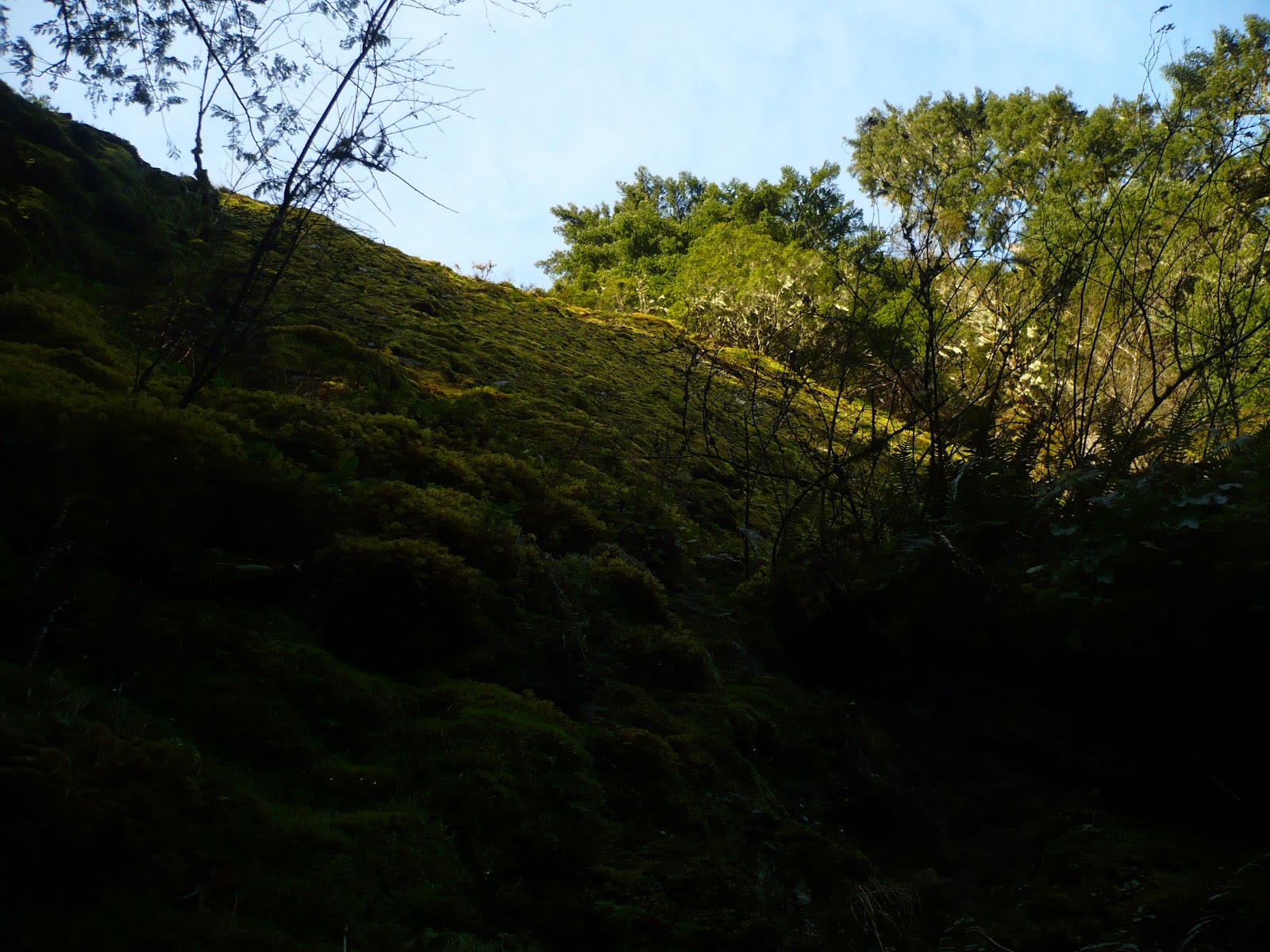 |
| Mt. Hood from Owl Point |
I didn’t know an “old” Vista Ridge trail along the north
side of Mt. Hood even existed until only a few weeks ago. Having hiked the popular
Vista Ridge trail years ago, I decided to take the lower, lesser-known trail to
its end, where the remnants of an old fire lookout linger. Once on the trail, I discovered I left my camera at home, so had to fall back on my cell phone for pics. My apologies. Not that these are much worse than those I take with my camera.
 |
| Burned trees from the Dollar Lake Fire near the trails' junction |
A short access trail, about 0.3 of a mile long, leads to a
three-way junction where the path to the left is the “old” Vista Ridge trail,
which connects with the trail leading to Cairn Basin and Barrett Spur to the
right. Here, remnants of the 2011 Dollar Lake Fire exist. It appears this is
about as far north as the fire spread, leaving the old trail free of ravaged
forest.
Heather in the meadow leading to the Rockpile
The old trail is easily hiked because of a group of “pathologists”
who helped restore the health of the old path. They need to be commended,
because without them removing debris from the path, which apparently included
over 200 fallen trees, the trail might have died.
Owl Point View - Brownish grey on lower slopes is from the Dollar Lake Fire
As it is, the trail is padded with forest debris, such as
evergreen needles, beneath the thicker, second-growth forest canopy. Where the
trail opens up along the ridgeline, it becomes boulder strewn and rugged. The
most rugged portion of the trail begins as it makes its way from Owl Point down
to where a fire lookout once stood and nearby Perry Lake.
View East from Owl Point. Laurence Lake to the right appearing behind ridge
Owl Point provides a nice view of nearby Mt. Hood. There, I discovered a small ammunition box with an entry journal inside. The story of the trail’s restoration resides within this book’s cover.
One of two foundations at the old lookout site
From Owl Point’s view, the immensity of the Dollar Lake fire
and its impact on the area is apparent along the slopes of Mt. Hood. To the
east, a portion of Laurance Lake is within view.
Road leading from lookout site to Perry Lake
From here, the trail drops toward Perry Lake. Just prior to
the lake, the trail ends at a road that once provided transportation to the
fire lookout. I found two cement foundations at the site - which one was the
lookout is a good question. Perry Lake (actually a small pond) is a short
distance downhill from the foundations along the rocky road.
Perry Lake
Just beyond Owl Point, on the return trip, I stopped at
another viewpoint, this time looking north toward Mt. St. Helens, Mt. Rainier
and Mt. Adams. In front of them stands Mt. Defiance on the Oregon side.
Left to right: Mt. St. Helens, Mt. Rainier and Mt. Adams
I did not meet another person on the trail that day until I
got back to the junction with the more popular part of the Vista Ridge Trail.
To my surprise, the parking lot that had one other car in it when I pulled in
that morning was now packed. That meant all those people were hiking the more
popular trail. So, if you want more solitude, hike the old trail.






















.jpg)
.jpg)
.jpg)
.jpg)
.jpg)


.jpg)
.jpg)
.jpg)
.jpg)
.jpg)
.jpg)
.jpg)















